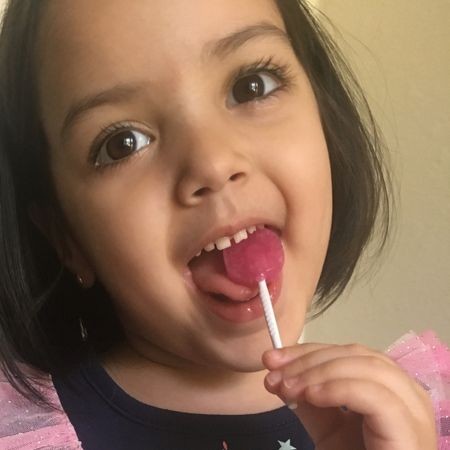All About Fluoride
Why Dentists Recommend it
Fluoride is something we hear about all the time in toothpaste commercials and at the dentist’s office. It’s an important part of preventative oral healthcare, but why? Today we take the time to answer all your questions about it and why dentists want you to use it.

What Exactly is Fluoride?
If you remember back to chemistry class, you may recall fluorine on the Periodic Table of Elements. It’s a naturally occurring, highly reactive element that’s only found in compounds with other substances. These compounds create minerals such as fluorite, fluorapatite, cryolite, and topaz.
We use fluoride-containing minerals for a variety of things–from manufacturing to medicine. For dental uses, the FDA approves three kinds to prevent cavities. Of the three, stannous fluoride also has antimicrobial properties and is considered a better defense against gingivitis, erosion, sensitivity, and bad breath.
How Does It Help Teeth?
It helps to strengthen teeth, which reduces the risk of decay (cavities) forming in the surface of the tooth. It combines with saliva to remineralize teeth that have decay.
There are two main reasons that dentists want kids to use it. The first reason is to help strengthen the teeth already in the child’s mouth. Each time we eat or drink (other than water), the bacteria in our mouths digest sugars and create a damaging, acidic environment for our teeth. Fluoride helps to strengthen teeth that are exposed to acid. The fluoride in toothpaste, mouth rinses, and the varnish that a doctor or dentist applies all primarily help the teeth in our mouths.
But children have more teeth than just the ones we see in the gums! The permanent, adult teeth are developing below the surface. We absorb a portion of the fluoride that we consume through water and food. This helps to strengthen developing teeth and bones. This is the second reason for use.
Should My Child Use Toothpaste with Fluoride in it?
As soon as a child is old enough to rinse and spit, it is recommended for toothpaste. For children who are unable to spit, parents can use either a non-fluoride toothpaste or just a very tiny amount of toothpaste. Your dentist can help you to decide which one to use based on your child’s cavity risk level and the amount of fluoride they obtain from other sources.
Why is It Added to Drinking Water?
Early in the 20th century, dentists began to notice that people living in certain areas had abnormally brown-stained teeth. Despite the unsightly look of their teeth, these people had surprisingly little decay in their mouths. It took researchers decades to determine that high levels of fluoride in their drinking water caused their condition.
Once they learned that this dental fluorosis occurred in some communities but not others, researchers developed ways to measure the amount of fluoride in the water so that they could compare the incidence of fluorosis and decline of tooth decay based on fluoride levels. They learned that at levels of one milligram per liter of water, people rarely had fluorosis but did have reduced risk of dental decay.
In 1945, Grand Rapids, MI became the first city to add fluoride to its water supply. The city’s 30,000 children born after the fluoridation project were monitored by researchers and they saw a 60% reduction in the incidence of tooth decay.
What if I’m Concerned about Too Much Fluoride?
If you’re concerned, talk to your dentist! Dr. Asha is happy to talk with parents on an individualized basis and to carefully weigh the benefits and any risks of using fluoride. Dentists are experts in dental care and keep up-to-date with the latest research on decay prevention and treatment.
It’s normal for parents to worry about toxicity for their children. It’s important to remember, though, that anything can be harmful if taken in the wrong quantity. In the United States, we monitor water sources and the recommended level of fluoride is 0.7mg/liter of water. If you live in Travis County, you can check your local water reports by following this link to the CDC website on water safety.



